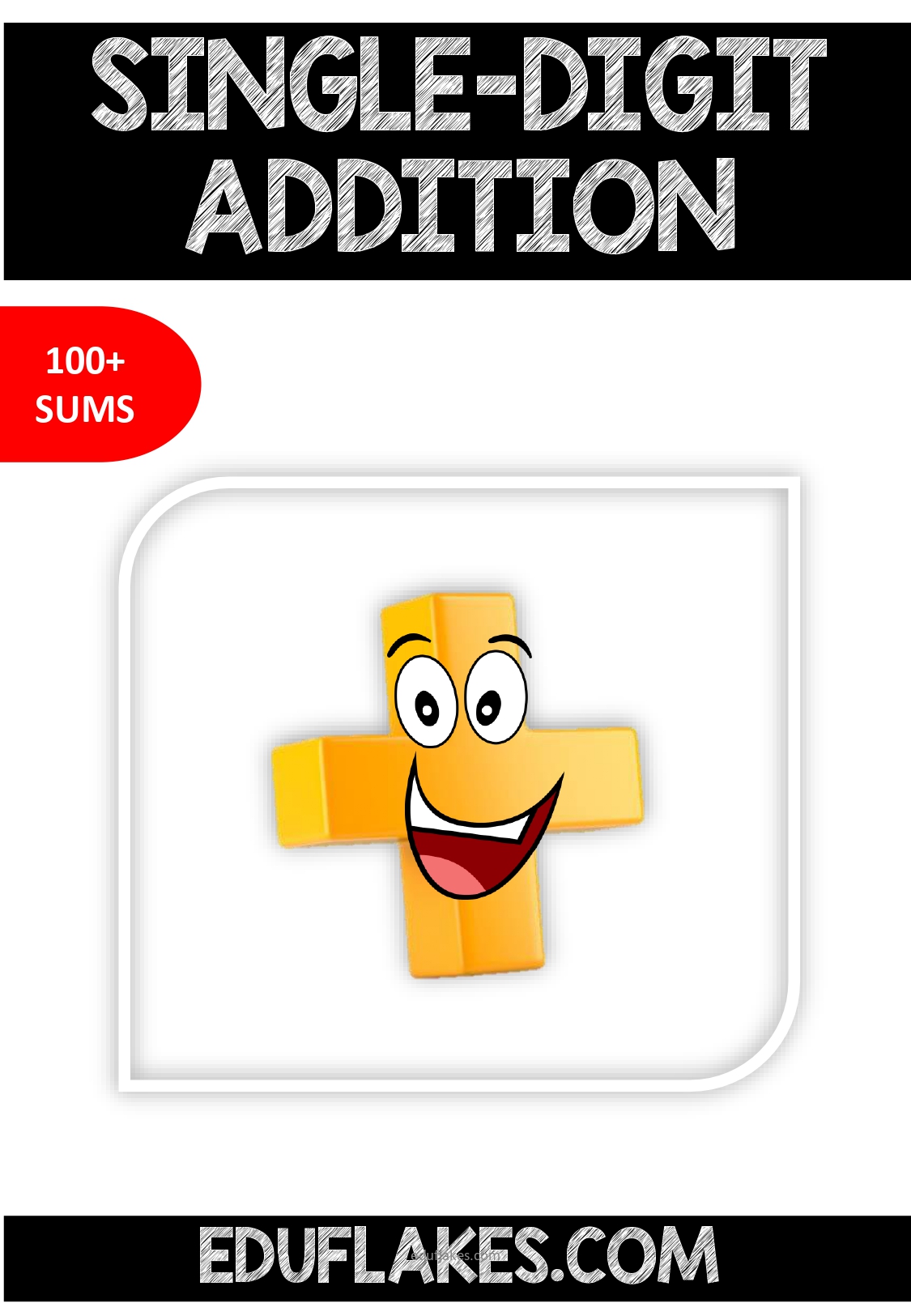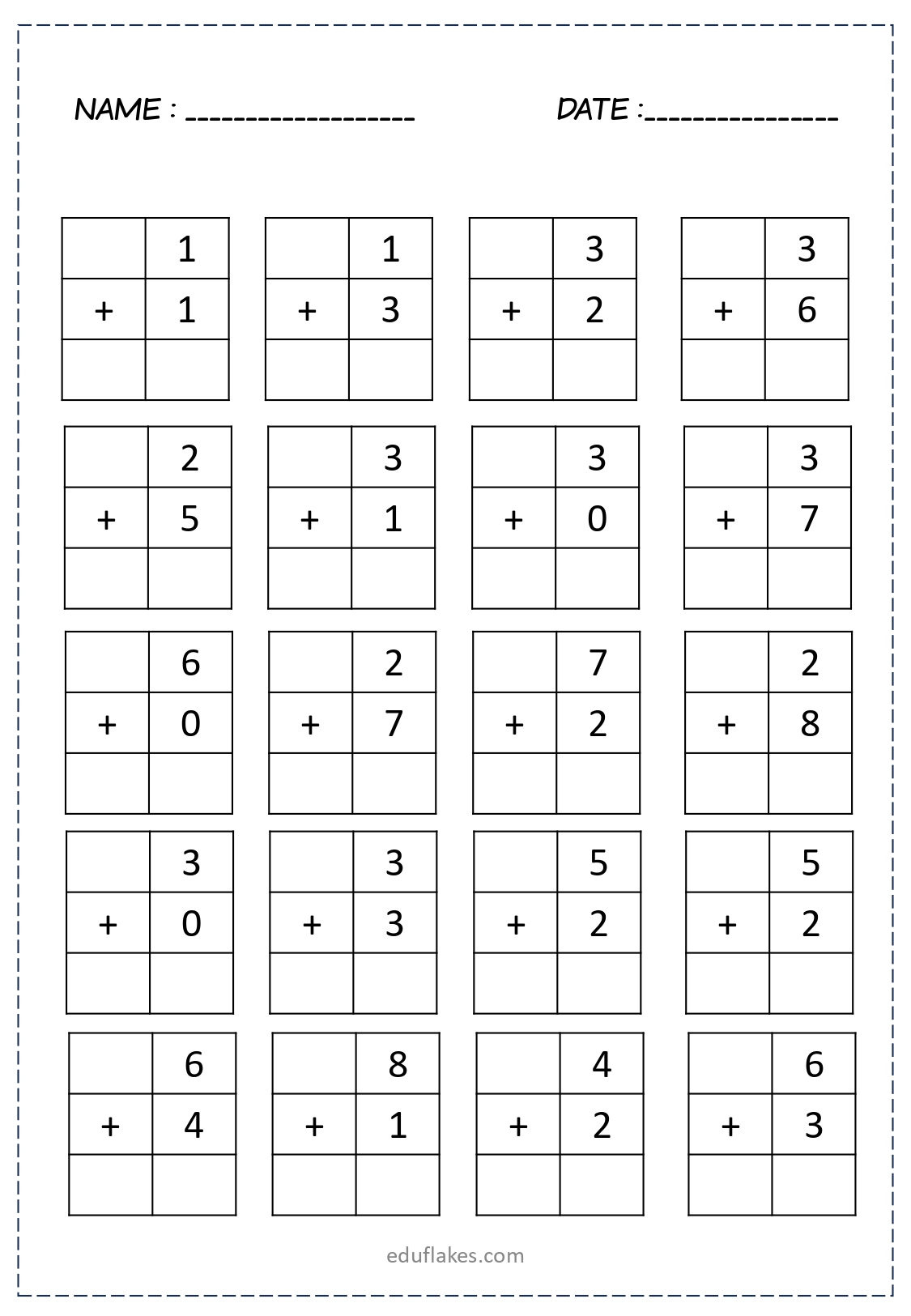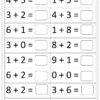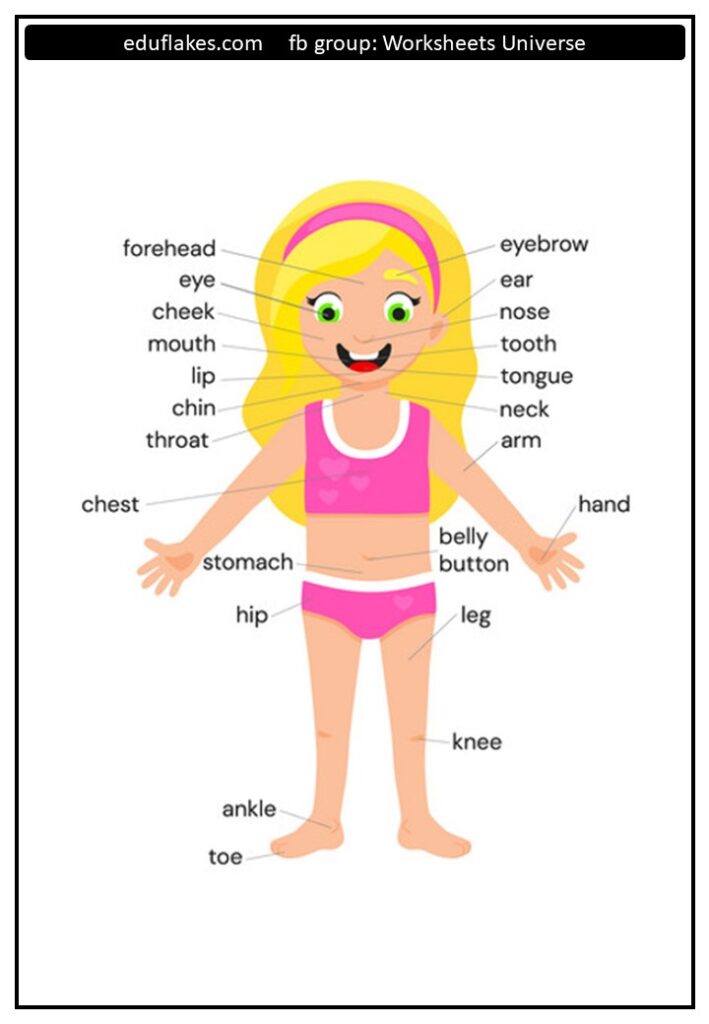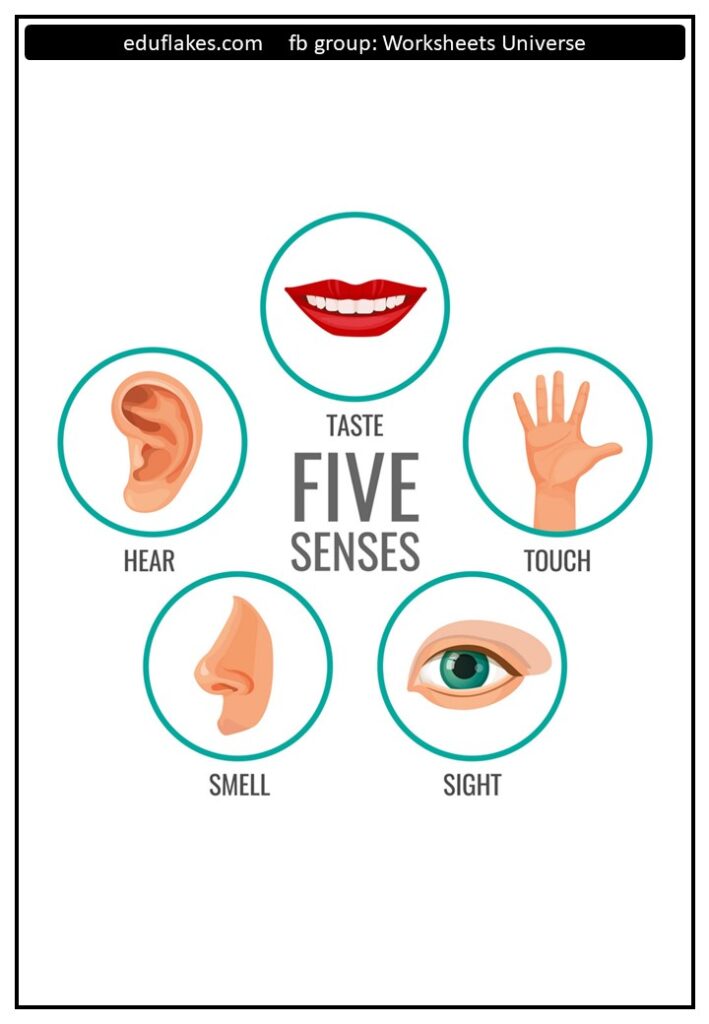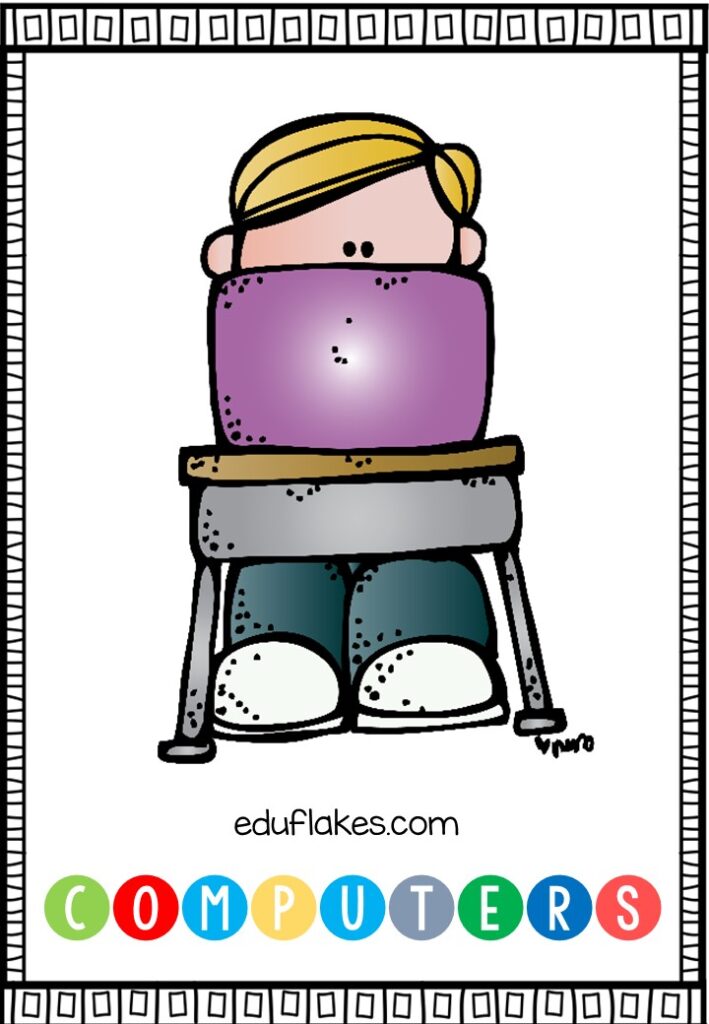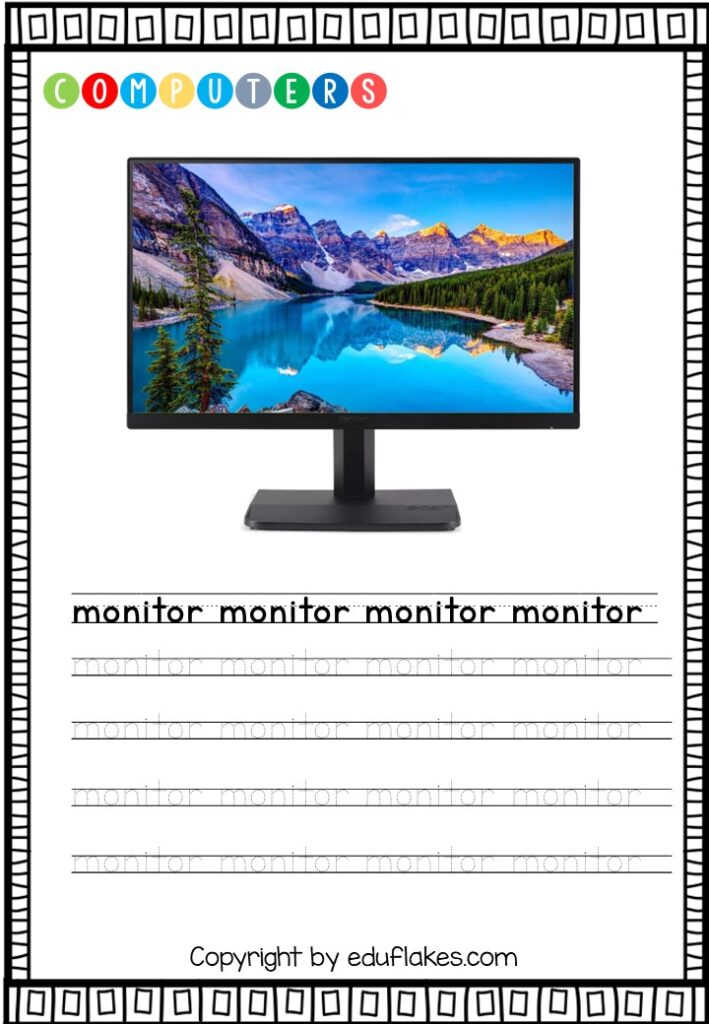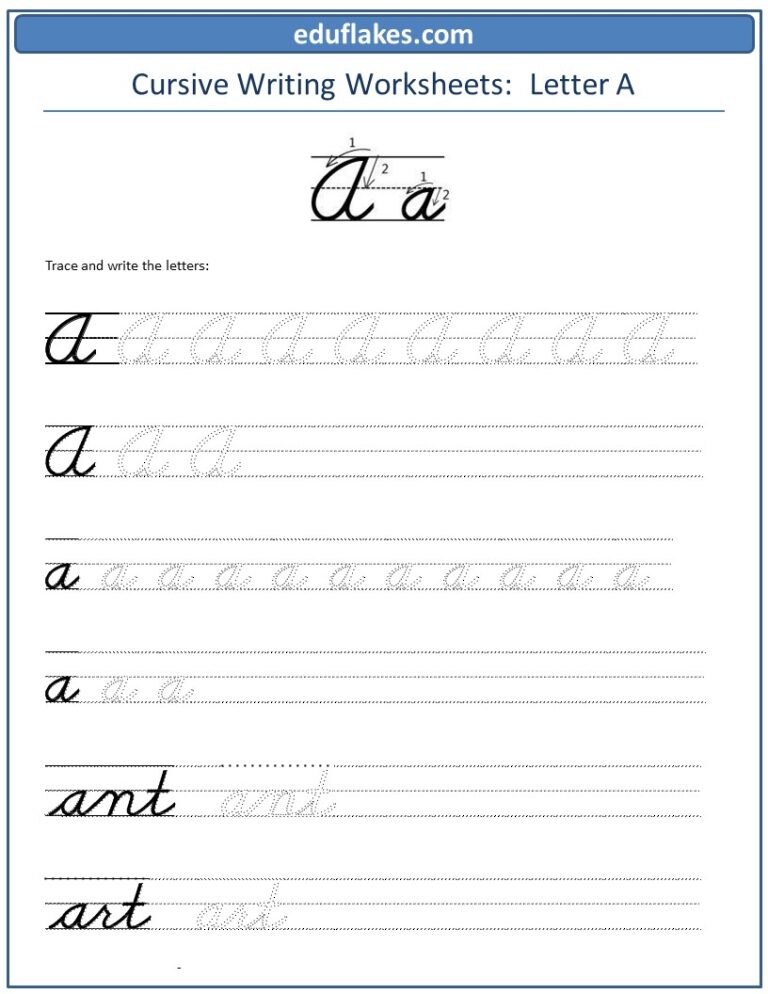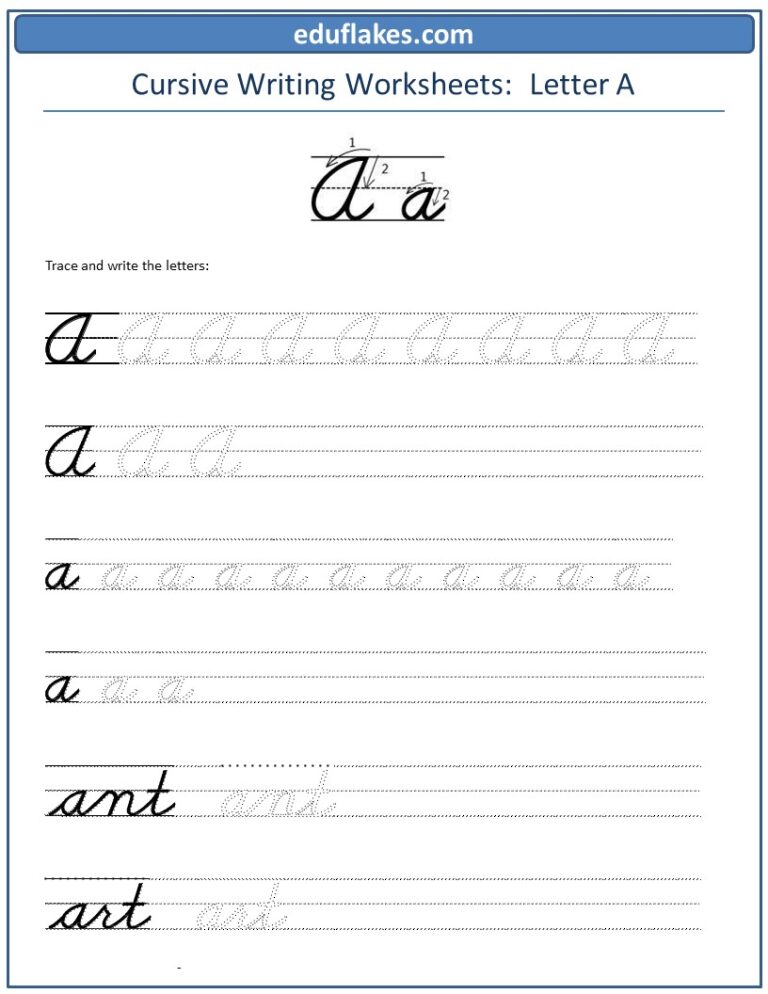Free Single digit addition worksheets for kindergarten grade 1-
Teaching single-digit addition to kindergarten or grade 1 students requires a hands-on, interactive approach that engages young learners and builds a strong foundation in math. Here’s a step-by-step guide for how teachers can effectively teach single-digit addition to kindergarten or grade 1 students:
- Introduce the Concept: Start by introducing the concept of addition in a concrete and visual way. Use everyday objects, such as blocks, counters, or toys, to demonstrate addition as combining or putting together groups of objects.
- Use Manipulatives: Provide students with hands-on manipulatives, such as counting cubes, counters, or number lines, to explore addition concepts. Encourage students to manipulate the objects and physically combine groups to find the total.
- Introduce Number Symbols: Once students understand the concept of addition, introduce them to the symbols used in addition equations. Show students how to write addition equations using the “+” symbol and numerals.
- Provide Visual Support: Use visual aids, such as number lines, ten frames, or pictures, to support students’ understanding of addition. These visual representations help students see the relationship between numbers and develop a deeper understanding of addition concepts.
- Model Addition Strategies: Model various addition strategies, such as counting on, using doubles, or making ten, to demonstrate different ways to solve addition problems. Encourage students to use these strategies to solve addition problems independently.
- Practice Basic Facts: Provide students with opportunities to practice basic addition facts through games, songs, or repetitive practice activities. Flashcards, dice games, and online math games are effective tools for reinforcing basic addition facts.
- Use Real-World Contexts: Incorporate real-world contexts and everyday situations into addition lessons to make learning meaningful for students. For example, use objects or scenarios from students’ daily lives to create addition problems that are relevant and relatable.
- Provide Guided Practice: Offer guided practice activities where students work through addition problems with support and guidance. Use guided practice to reinforce addition strategies, address misconceptions, and provide feedback on students’ work.
- Encourage Exploration: Encourage students to explore addition concepts independently through hands-on activities, games, and math centers. Provide a variety of materials and resources for students to use as they explore addition in different contexts.
- Assess Understanding: Regularly assess students’ understanding of addition through informal observation, questioning, and formal assessments. Use assessment data to identify areas of strength and areas for growth, and adjust instruction accordingly.

